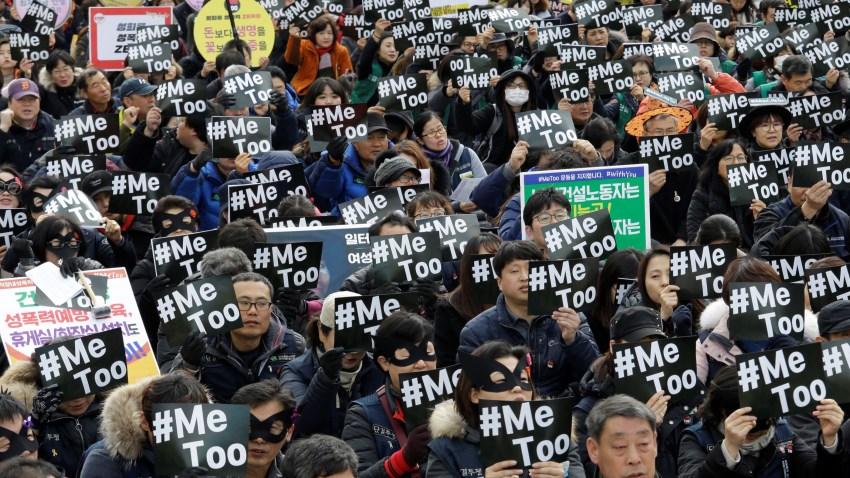South Korea is emblematic of East Asia’s well-documented coming demographic crisis. Not only has its birth rate been the world’s lowest for the past three years, it keeps getting worse. In 2021, its birth rate was a mere 0.81 child per woman—even lower than that of Japan, the world’s fastest-aging nation, where that same year the figure was 1.3 children per woman. By 2070, South Korea’s population of 52 million is projected to drop to 38 million.
While the issue has preoccupied successive governments, including that of current President Yoon Suk Yeol, their proposed policy responses have failed to confront an unavoidable truth: At the root of South Korea’s demographic problem are the country’s still-pervasive traditional gender roles. Men are expected to go to work, while women are expected to take care of household tasks and raise children, even when they, too, go to work.
These traditional gender roles embed similar inequalities in the workplace. Employers tend to pass over female candidates because they believe women are likely to leave their jobs when they have children. Despite the fact that more women than men earn college degrees, only 57 percent of them are in the workforce, compared to 75 percent of men. And for nearly three decades, South Korea has had the widest gender pay gap among developed nations, with women earning 31 percent less than men. These disparities are then reflected in roles of power, as only 5 percent of publicly listed companies have female CEOs, and women hold less than 20 percent of seats in the National Assembly.

